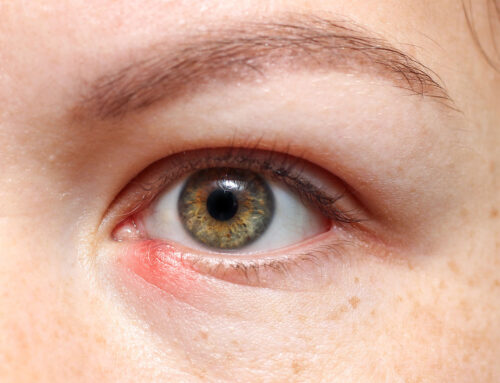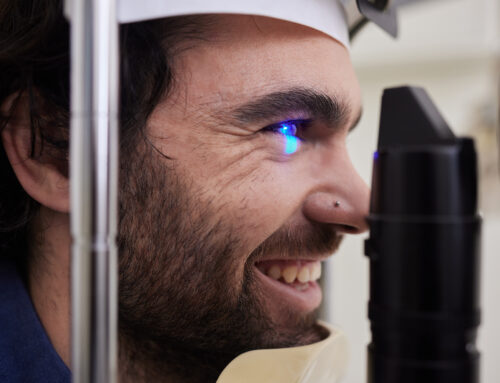If your child comes home with red, swollen eyes, you may want to act quickly. A simple appointment with Doc Brock, an expert in Orlando ophthalmology, can ensure your child gets proper treatment and a better understanding of their eye irritation. If you’re in a time crunch, here are some insights on the difference between eye infections and common allergies.
Viral Conjunctivitis
This disorder is the most common form of pink eye and generally affects both eyes. You may see a clear discharge from the affected eye that looks similar to tears, or the discharge may dry and cause the lids to stick together upon waking in the morning.
Viral conjunctivitis often has other cold-like symptoms associated with it, such as a runny nose, congestion, and sneezing. This form of pink eye cannot be cured with antibiotics, but over time and paired with lots of bed rest, your child should be fully recovered in one to two weeks.
Bacterial Conjunctivitis
This form of conjunctivitis affects one eye initially but because it spreads rapidly, both eyes will usually be affected. If you only note redness in one eye, encourage your child to wash their hands frequently and avoid contact with the unaffected eye. Be sure to repeatedly wash clothes and towels in hot water to prevent spreading
Bacterial conjunctivitis has a green, yellow, or grey discharge and can crust the eyelids together during the night. Wash the affected eye with a paper towel dipped in warm water. Bacterial conjunctivitis needs to be treated with antibiotics for five to seven days. Children can return to school 24 hours after antibacterial treatment begins.
Allergic Conjunctivitis
Environmental in nature, allergic conjunctivitis is a more advanced form of allergic rhinitis. If your child suffers from allergies, she may have allergic conjunctivitis simultaneous to her reaction. Both eyes are affected, the discharge is clear or not present, and the eyes may be itchy or watery. Allergic reactions are usually due to pet dander, pollen, mold, or dust mites. Although not contagious and may go away on their own, you can treat allergic conjunctivitis with over-the-counter antihistamines.
If your child wears contacts, have her refrain from wearing them until signs of infection have stopped. Once the eye is free of infection, place in a pair of new lenses to prevent from recontamination from the previous pair that harbor the old bacteria.
Contact your physician or the Orlando ophthalmology team at Magruder if your child’s symptoms last longer than 10 days or the antibiotics are not effective. Our blogs contain more information on symptoms of different eye disorders for your perusal.




